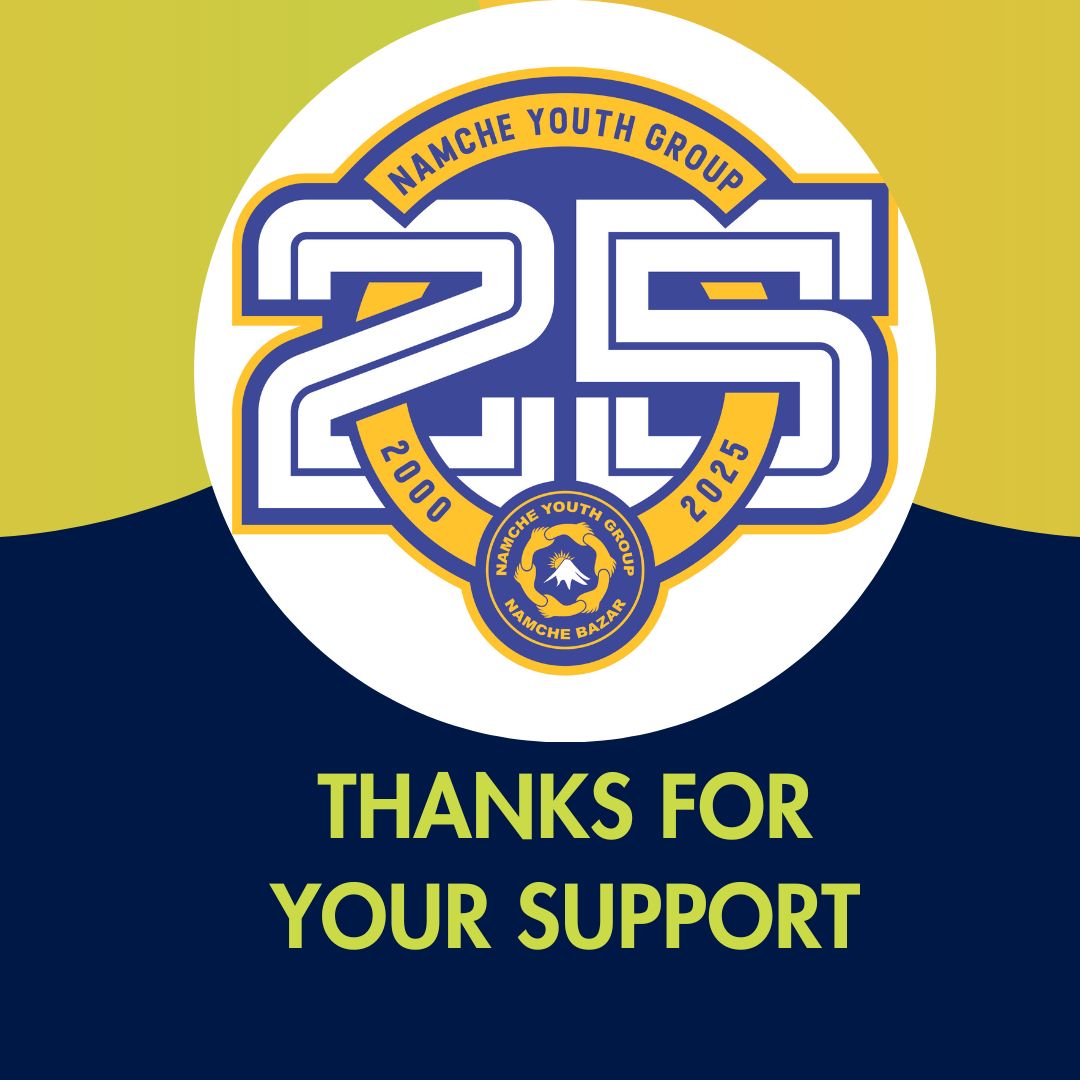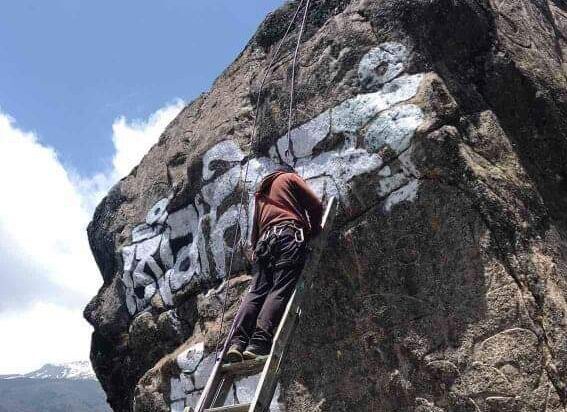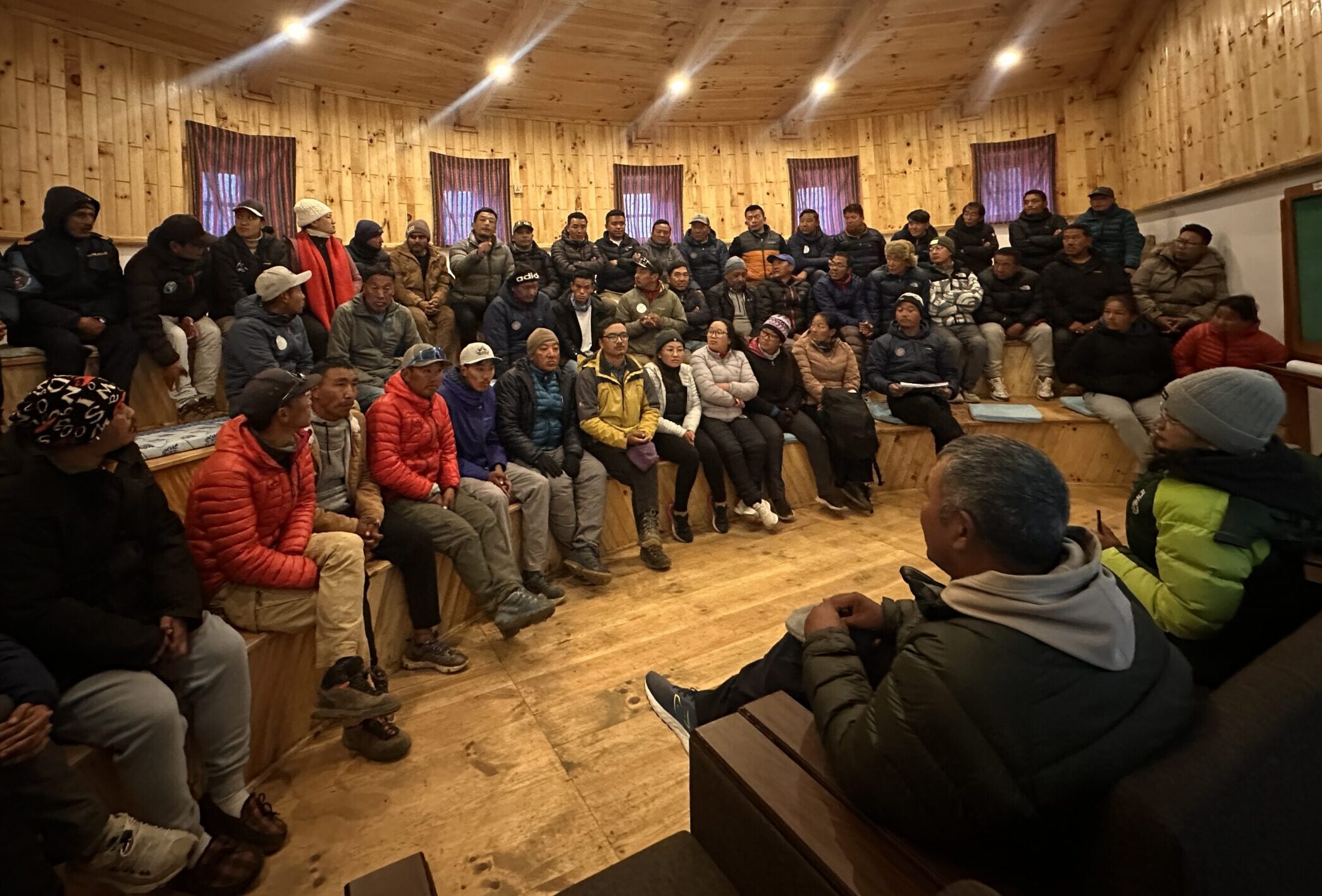
- Home
- Blog
- Environmental Issues
- NAMCHE’S WATER SPRING: A Symbol of History, Spirituality, and Conservation
NAMCHE’S WATER SPRING: A Symbol of History, Spirituality, and Conservation

NAMCHE’S WATER SPRING: A Symbol of History, Spirituality, and Conservation
Namche Bazar, a trade hub established over six generations ago, is uniquely situated within a natural amphitheater. The settlement’s development was directly enabled by a freshwater spring located at the base of this amphitheater, providing an essential resource for its early inhabitants.
Sacred Significance of the Spring
In the Himalayas, water springs are considered sacred and are believed to be home to “lu,” spiritual beings associated with spring water. To honor and appease these spirits, locals traditionally build “lu-khang” shrines at the spring’s source and make regular offerings. According to local belief, the “lu” of Namche’s spring migrates to Gangar in Tibet during summer and returns in winter, resulting in seasonal variations in water flow—stronger in winter and weaker in summer.
In the 1950s, Namche faced a severe water crisis as its primary spring nearly dried up. My father, Ang Gyalzen, vividly recalled how Zatrul Rinpoche visited the village and performed a lu propitiation ritual to restore the water flow. Villagers, dressed in their finest attire, gathered in reverence, singing and dancing in harmony. During the ceremony, Rinpoche dug a hole and placed a sacred object into the ground. Within days, the nearly vanished spring began to flow again, gradually strengthening into the small stream that still sustains Namche today.
Threats to the Spring and Conservation Efforts
According to local tradition, pollution offends the “lu,” causing illness and even driving the spirit away—leading to water shortages. Since the 1970s, rapid tourism-driven expansion in Namche has led to the construction of numerous lodges, many with septic tanks. This development severely contaminated the town’s natural water source, with dangerously high levels of fecal pollution making it unsafe for consumption. In the 1990s, the development of a proper drainage and sewage system helped eliminate the need for septic tanks. Today, Namche sources its drinking water from a cleaner, less polluted supply located further away.
Phinjo Sherpa, Namche Bazar
- Share:



